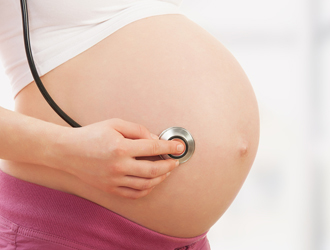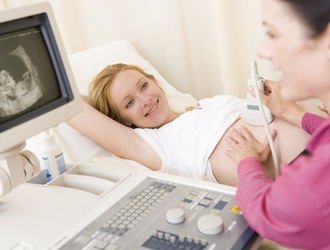Your pregnancy may be a one in five case where induced labor is necessary. Induced labor is normally more painful than waiting for labor to start on its own, but don’t fret. The need for labor induction is quite common and a hospital can offer you a plethora of pain relief options.
Reasons for Labor Induction
Being a few days past your due date is not necessarily a reason for induced labor. Health care professionals usually induce labor for the following reasons:- Post-term pregnancy – If the pregnancy has gone past the 42nd week, there is a risk of childbirth complications including still birth.
- Intrauterine fetal growth retardation – The poor growth of the fetus inside your womb can point to a lack of oxygen or nutrients and a risk to the fetus.
- Risk to the mother or the baby – Induced labor will likely be offered as an option if you or the baby are suffering from a condition such as high blood pressure, diabetes, etc. which will make it safer to deliver the baby earlier.
- Premature rupture to the membrane – If your water has broken more than 24 hours prior to the delivery date, there is a risk of infection, so labor is usually induced.
How to induce labor
The following are some medical ways to induce labor:- Membrane Sweep – This is often advocated as one of the initial ways to induce labor. The physician or midwife will sweep her finger around your cervix in order to separate the membranes of the amniotic sack from your cervix. This procedure helps release more prostaglandin hormones, lipid compounds that regulate the contraction and relaxation of muscle tissue and induce labor. The sweep itself doesn’t hurt but can cause later discomfort.
- Cervix dilation – Administration of synthetic prostaglandins by mouth or through insertion into the cervix by means of a catheter will help dilate your cervix.
- Pitocin: If your cervix is already dilated, but contractions haven’t started, your doctor may administer Pitocin. Pitocin is a synthetic version of the Oxytocin hormone, which is commonly released to signal the beginning of contractions and the start of childbirth.
- Artificial membrane rupture – This technique essentially requires breaking your water. The physician will make a small opening in the amniotic sack. The procedure is typically attempted only once the cervix is partially dilated.
The above ways to induce labor usually result in successful delivery. However, if this is not the case, a C-section may be necessary.
Naturally inducing labor
Below are some tips on how you can try to induce labor at home before arriving at the hospital and resorting to the medical labor induction options:
- Acupuncture – Studies have shown that acupuncture has a high success rate in inducing labor and has been used for thousands of years.
- Sex – Sex can trigger the release of oxytocin, a crucial hormone in the labor process.
- Nipple stimulation – Nipple stimulation can also trigger the release of oxytocin, as it is reminiscent of your baby sucking on it.
- Eating Dates – Consuming at least six dates daily beginning four weeks prior to labor may lead to higher cervical dilation and higher levels of oxytocin, thereby lowering the need for medically induced labor.
- Walking– Walking can lead your baby’s head to increasingly press on your cervical lining and stimulate your uterus to kick into labor mode.



